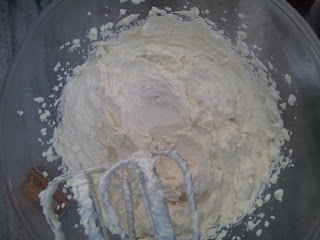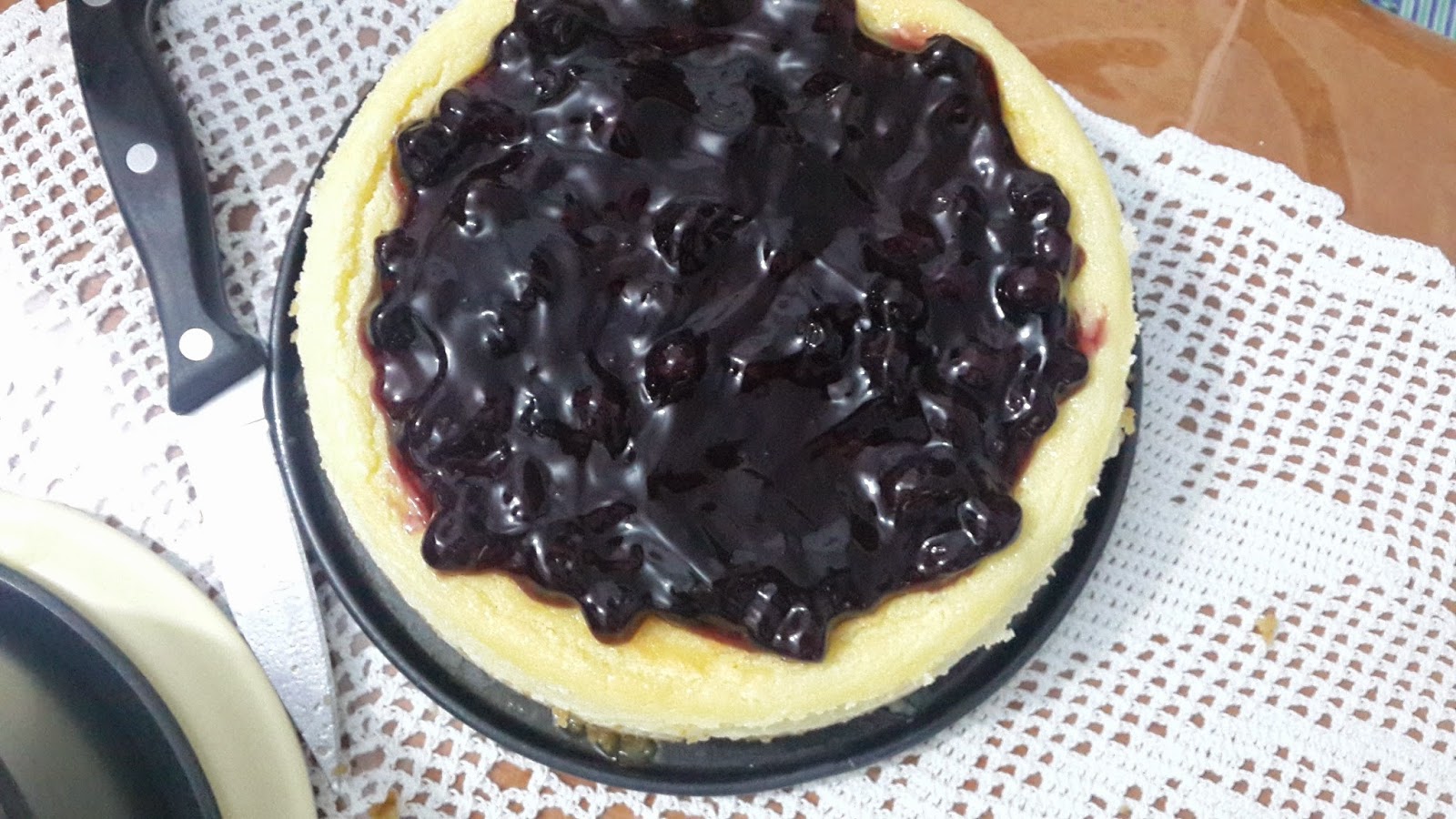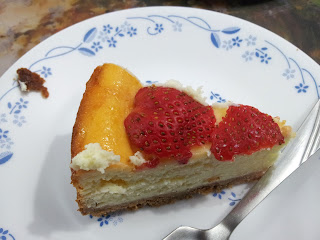Making cream cheese at home
We love cheese cakes, but cream cheese is not available in the super markets and when available on the rare occasions they are expensive (Rs 150/= per 180 gram packet) and you need several packets for each cake. Hence I make cream cheese from scratch for making our beloved cheese cakes.Ingredients:
Cream 1 Litre (I use Amul packet cream)Full cream milk 500 ml
Citric acid crystals 20-25 grams
Equipments
Digital thermometer with metal probeMuslin cloth
Colander
Hand blender
Yield ~750 grams
Process
Dissolve 15 grams of crystalline citric acid in a quarter cup of warm water and keep aside. Dissolve the remaining citric acid in a separate bowl and keep in reserve.
Mix the cream and milk together and slowly heat the mixture while stirring to mix well ensuring everything is heated evenly and preventing any part of it from boiling. Target temperature is 85 degrees centigrade. I use thick stainless steel vessel over an induction cooker. Alternatively use a double boiler if necessary. While using an induction cooker, use a setting of 700-900 watts initially and reduce to 300-400 watts on reaching the target temperature.
Once the milk-cream mixture is heated to 85 Centigrade, pour in half of the dissolved 15 grams of Citric acid and mix well. Once mixed well, add the remaining half and continue mixing. Usually this much of citric acid is sufficient but use the remaining reserved citric acid if the milk does not split. (Note that the milk will be split into fine particles. Continue stirring until the process is complete.Allow the mixture to cool partially. Meanwhile, line the colander with a double layer of muslin cloth and then pour the mixture into the colander and let it drain until all the whey drains out and the dripping stops.
Transfer the freshly made cheese into a mixing bowl and blend well until it becomes creamy. The cheese is good enough to be used in making cheese cakes.
Images
 |
| Cream cheese after beating |
 |
| Heating milk cream mixture |
 |
| Cream cheese before blending |
 |
| Freshly baked cheesecake |
 |
| Cheesecake with blueberry topping |

